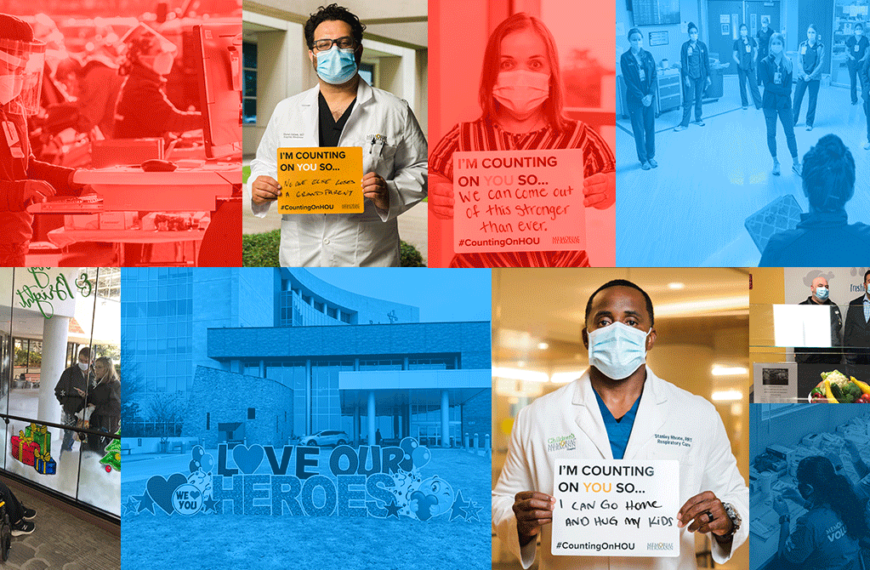Workplace violence in health care settings is an ever-growing concern, with hospital staff facing threats ranging from verbal abuse to physical assault. Many hospitals have responded by implementing workplace violence prevention programs, but how can they be sure these initiatives are truly making a difference?
The key to evaluating effectiveness lies in data—specifically, standardized, accurate incident reporting. Without reliable data, hospitals may struggle to determine whether workplace violence is decreasing or if certain interventions are having the desired impact.
The Importance of Data-Driven Evaluation
Hospital administrators and safety professionals need concrete evidence to assess workplace violence trends and measure improvements. Yet, many hospitals rely on inconsistent reporting methods, making it difficult to track patterns over time.
When data is incomplete or subjective, it can lead to misleading conclusions. For example, a sudden drop in reported incidents may indicate fewer violent events—or it could simply mean staff aren’t reporting incidents due to unclear reporting procedures, lack of trust, or cumbersome systems.
To accurately test the effectiveness of a workplace violence prevention program, hospitals must ensure:
- Every incident is recorded in a standardized format.
- Incident definitions are clear and consistent across all departments.
- Reporting is simple, accessible, and encouraged at all levels of the organization.
- Data is easily analyzed to identify trends, assess risks, and support decision-making.
Standardization: The Foundation of Reliable Data
One of the most critical steps in collecting actionable data is standardizing incident definitions and reporting methods. Standardization ensures that all reported incidents are categorized the same way, allowing for accurate comparisons before and after implementing a workplace violence prevention program.
For instance, if one department records “verbal threats” under “general misconduct” while another labels them as “harassment,” the data will be inconsistent and unreliable for analysis. Similarly, if incident details are captured in free-text fields rather than structured forms, essential information may be missed.
With a well-structured incident reporting software system, hospitals can:
- Ensure a common language across the organization by defining workplace violence incident types and making them available in report picklists—without requiring IT support.
- Improve efficiency and accuracy with pre-configured report templates for specific incident types such as verbal threats, assaults, or patient aggression.
- Enhance compliance and investigation processes by automating workflows that prompt staff to capture required details based on the type of incident.
Establishing a Baseline Before Implementation
To measure progress, hospitals must first establish a baseline of workplace violence incidents before rolling out a prevention initiative. This means collecting and analyzing historical data to understand:
- How often violent incidents occur.
- The locations where they most frequently happen.
- The job roles most affected.
- The severity of incidents.
Once the baseline is established, safety teams can implement workplace violence prevention strategies and track changes over time.
Continuous Monitoring for Real-Time Adjustments
Measuring program effectiveness doesn’t stop at implementation. Hospitals must continuously monitor incident data to determine whether interventions—such as de-escalation training, security enhancements, or policy changes—are working as intended.
By leveraging real-time analytics, hospitals can:
- Identify emerging patterns that signal an increase or decrease in violence.
- Adjust safety measures proactively to address new risks.
- Provide leadership with data-backed recommendations for policy changes.
- Ensure compliance with workplace safety regulations and reporting requirements.
Turning Data into Action
Ultimately, the goal of collecting standardized workplace violence incident data isn’t just to track numbers—it’s to drive meaningful change. By ensuring every incident is reported in a consistent, structured way, hospitals gain the insights needed to protect their staff and create a safer work environment.
Omnigo develops industry-leading incident reporting software solutions that allow security professionals to effectively protect the people and property around them.
This article is sponsored by Omnigo.
Related articles from The Scope
The THA 10: Highlighting Legislation Most Important to Texas Hospitals
About midway through the 2023 session of the Texas Legislature,…
Managing Myths: The Facts About Texas Hospitals
An unfortunate reality in today’s world of fast-spreading information is,…
COVID-19 in Texas Hospitals: Three Years Later
This month marks three years since the COVID-19 pandemic irrevocably…
The Workforce Problem
Understanding the depth of today’s hospital workforce problems requires understanding…
Remaining Resilient in Health Care
To help equip health care workers with tools to address…
Reeling in Rural Texas
Three times during the COVID-19 pandemic, Dimmit Regional Hospital came…






